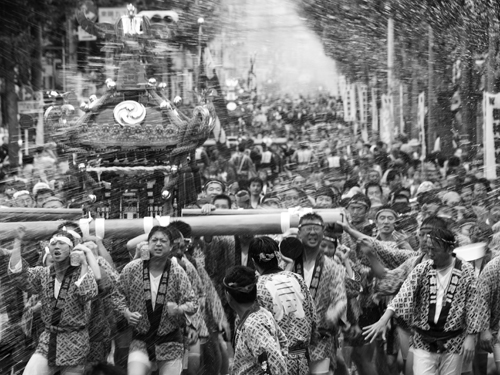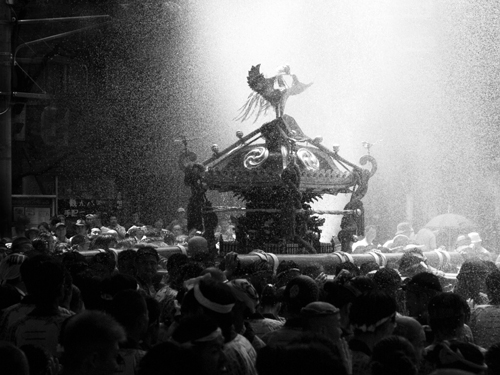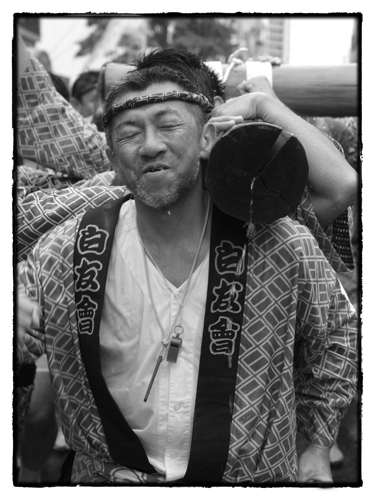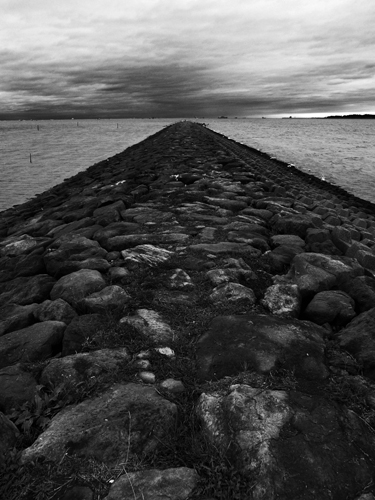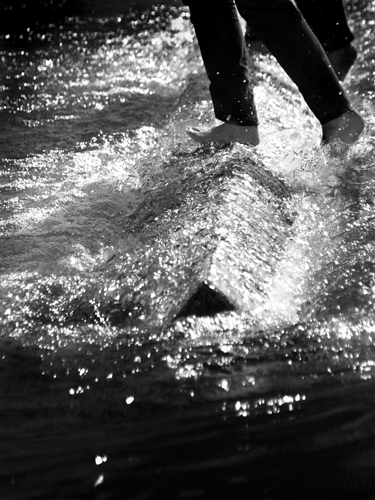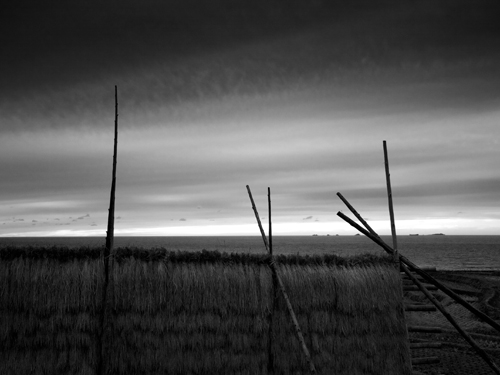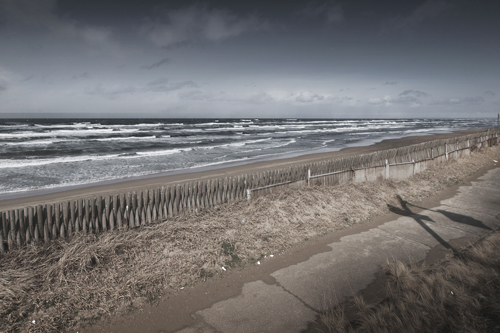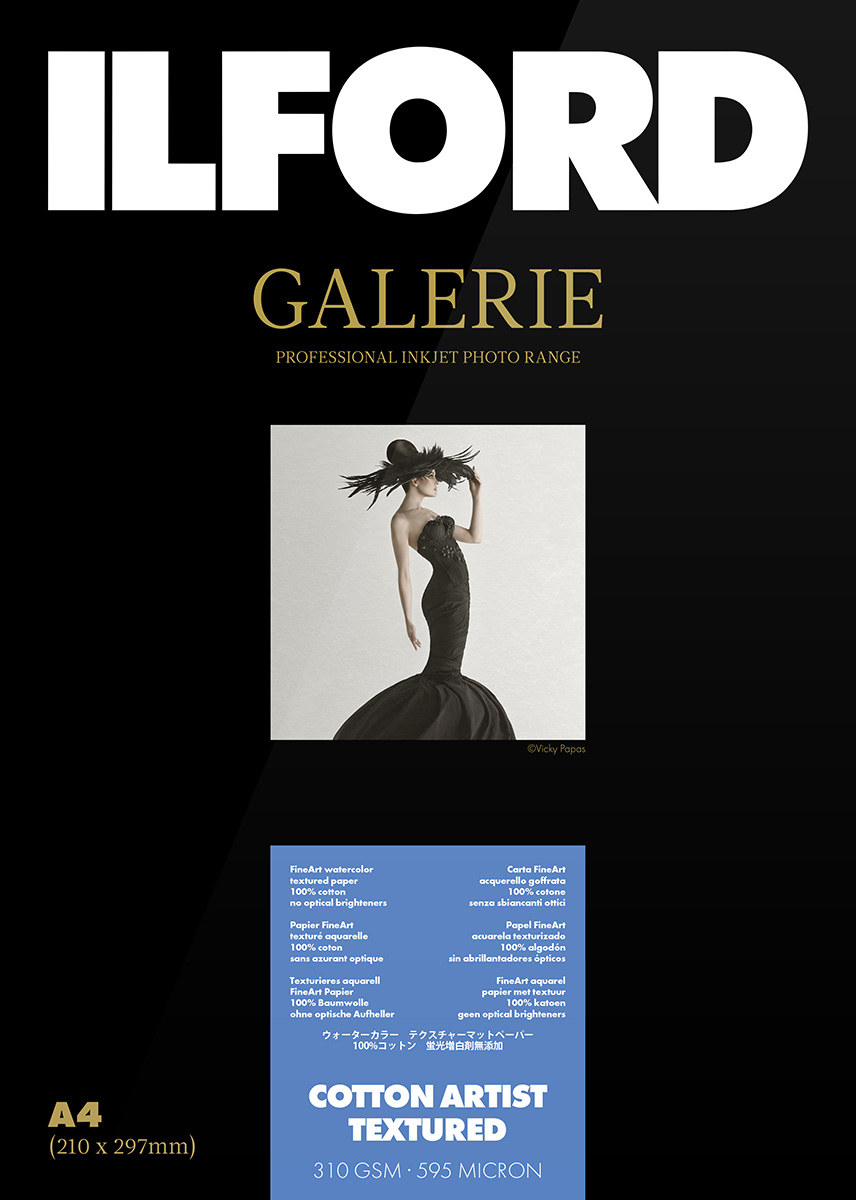Takeshi Nemoto
It’s been long since I placed introducing printed photographs to the world as my professional career, where using a right photographic paper is extremely important. When the silver halide photography was still popular way to create photography works, a photographer could not control the processes of and . On the contrary, in the digital workflow you are able to be involved with all three areas. There are, however, two things that you still have no control – creation of ink and inkjet paper. You are not able to express fully if you are not able to find a right paper for your photography art.
One day, I was asked why I did not use ILFORD GALERIE which was a great inkjet paper. I was struck when I saw a photograph printed on that paper – as if it was taken by Henri Cartier-Bresson of his early date … printed with dark black ink on the thick paper, reminded me of a silver halide photograph. Since then, ILFORD GALERIE became a good partner for my work. Still, I am searching for the optimal way to use this paper, but I can see its promising potential and I am excited about the encounter with this special paper. Now, I would like to push myself forward toward my professional art works more than ever before.
Born in Tokyo. He started learning photography at Tokyo School of Photography (the name was changed to Tokyo Visual Arts in 1993) after transferring there from Waseda University. Ever since, he has worked as an advertising photographer. He explored Digital Workflow during his early career and became one of pioneers in the field. He created his original method for inkjet printing, which is known as in some quarters. He has a theory that digital photography is a channel of expression combined with shooting, processing and printing. He also holds seminars to teach his knowledge.
A number of media have introduced his articles on photo shooting techniques and digital output.
Nemoto is enthusiastic to educate young photographers and is currently a principal lecturer of Nippon Photography Institute, Tokyo. In 2006, his work emphasizing on Japanese tender endearment toward traditional familiar sceneries (Mental Scenery) including “Walk down FUKAGAWA” was exhibited. “Walk down FUKAGAWA” was themed on an old town in Tokyo, FUKAGAWA.
He sells his printed work both in Japan and in Europe, and now tries to expand the market to the worldwide.
Mental Scenery – Every one of us has in our mind.
When an undefined image becomes somehow concrete, we call it as Mental Scenery.
Since ancient times, Japanese people have built particular culture and original art by establishing various trough their own mental sceneries. Such art works are including Japanese architecture, Japanese garden, flower arrangement, tea ceremony, martial arts, traditional masked dance-drama “No play”, traditional drama performing ”Kabuki”, Japanese painting, and ZEN.My lifework is to reflect such deeply imprinted images onto a piece of photograph.
Japan is one of countries where natural disasters hit all the time. As a Japanese I have seen and experienced many natural disasters since I was small. Every single time when I witnessed such forces of nature, my mental scenery was shaken. To be honest, it keeps on shaking even at the moment.
To seek for such transitory moment, constantly changing as a mental image, strengthens your ability to “see” the glimpse of reality that is clipped off from a scene your eyes capture.I am and will continue materializing my mental scenery by taking photographs.


